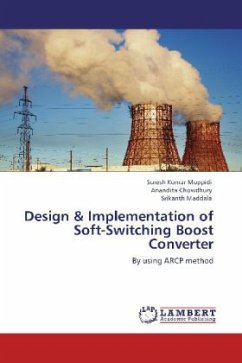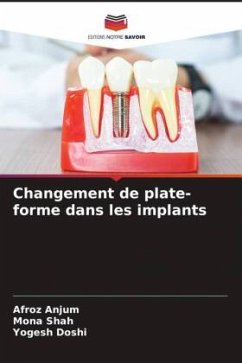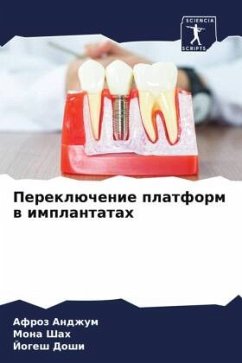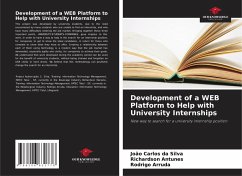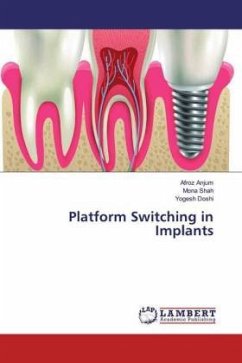
Platform Switching in Implants
Versandkostenfrei!
Versandfertig in 6-10 Tagen
41,99 €
inkl. MwSt.

PAYBACK Punkte
21 °P sammeln!
The development of osseointegrated implants represents one of the most important breakthroughs in contemporary dental practice in oral rehabilitation of partially or fully edentulous patients. Based on the pioneering work of Brånemark (University of Gothenburg, Sweden) and Schroeder (University of Berne, Switzerland), who first proposed the concept of osseointegration or functional ankylosis, respectively, implant dentistry has subsequently seen some major advances particularly in the past two decades. Since the introduction of osseointegrated implants for the restoration of missing or lost t...
The development of osseointegrated implants represents one of the most important breakthroughs in contemporary dental practice in oral rehabilitation of partially or fully edentulous patients. Based on the pioneering work of Brånemark (University of Gothenburg, Sweden) and Schroeder (University of Berne, Switzerland), who first proposed the concept of osseointegration or functional ankylosis, respectively, implant dentistry has subsequently seen some major advances particularly in the past two decades. Since the introduction of osseointegrated implants for the restoration of missing or lost teeth, treatment options for the partially or fully edentulous patients have expanded exponentially. The goal of modern implant therapy entails more than just the successful osseointegration of the implant. A successful result must also include an esthetic and functional restoration surrounded by stable peri-implant tissue levels that are in harmony with the existing dentition.





